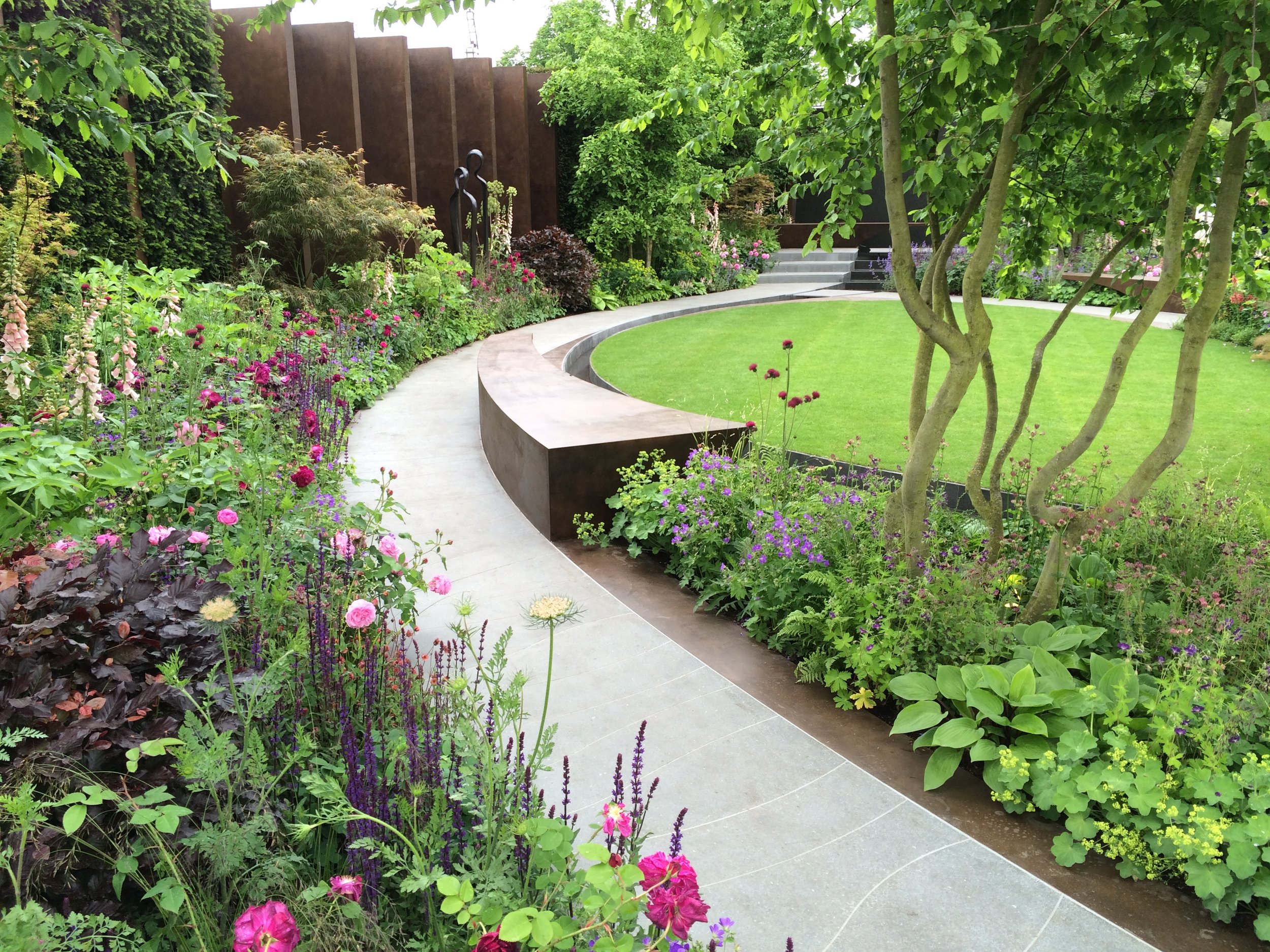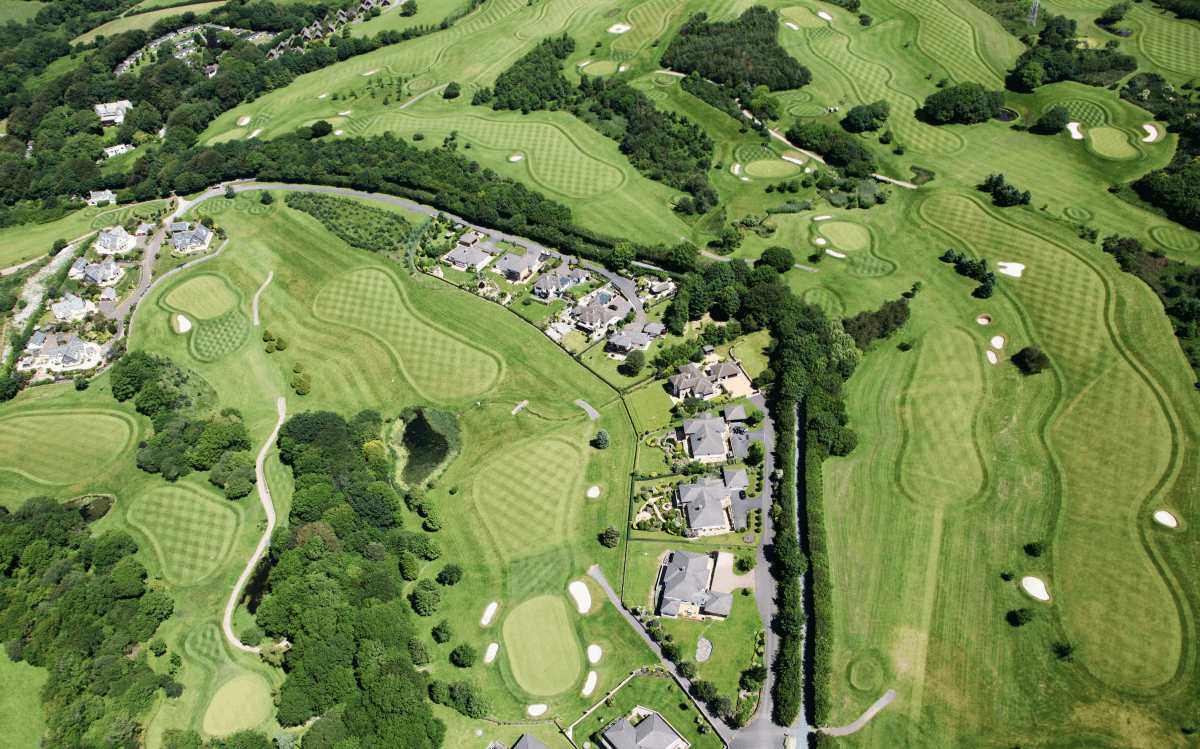Landscapers - Truths
Landscapers - Truths
Blog Article
Little Known Questions About Landscapers.
Table of ContentsThe Landscapers DiariesA Biased View of LandscapersSome Known Details About Landscapers Getting The Landscapers To WorkThe Landscapers DiariesTop Guidelines Of Landscapers
- A yard attribute where water is represented by an accumulated rock product, usually a crushed rock or granite. These are most commonly found in modern-day and Japanese garden style.- A stone or natural flagstone patio area, path, or pathway built without a concrete base. The base would be compacted crushed rock and the joints would be an accumulation or walkable ground cover. - A stone retaining or complimentary standing wall developed without the use of mortar. - An underground framework that collect water and allows it to reduce percolate into the soil around it.
Landscape layout that is suitable with a sites' setting in both look and sustainability without unfavorable influences to the setting. Bordering in the landscape is a line of demarcation that develops aesthetic interest in the yard by separating one section from an additional segment.
Locations can likewise have a feeling of "room" provided by trees, other growings, fences, or screens. The landscape near the entrance to a building. A tree, hedge or creeping plant, trained to expand on a wall or fence into a specific pattern. Especially beneficial for fruit trees, making it very easy to harvest the fruit and consisting of mess.
What Does Landscapers Mean?

The aspect in a landscape design or location in a landscape that is meant to be most prominent. The focal factor can be a plant, stone, statuary, gathering space, or other landscape attribute.

The Best Strategy To Use For Landscapers
Rock item, either rounded or fractured, that is fairly tiny- usually 1" or less. Low plants that are enabled or encouraged to top a location. Can describe any "hard" yard elements consisting of statuary or rocks yet most frequently is made use of to describe paths, outdoor patios, and walls.: Elevation distinction in between the degree of water in a pond (or the level of the pump if it rests outside the fish pond) and the upper electrical outlet of water which impacts efficiency of the water pump in gph (gallons per hour). Thick bushes or trees that form a fence, display, or boundary.
Fencing boards that run horizontally, typically made use of in modern-day or Japanese-inspired landscape styles. Correct usage of imaginary lines can help the landscape really feel connected to the home and various other aspects.
Conventional PNW landscapes are casual. A plant that spreads even more than desired, or into environments where it does damages.
Landscapers Fundamentals Explained
Can include head placements and coverage, pipe sizing, GPM specs, and products needed to mount this system. Certified expert that makes landscapes, coached in engineering and architecture as well as in cultivation.
Landscape designers typically have much less education than Landscape Architects and are not accredited. A finished landscape layout, detailing all aspects for the new landscape.
Calcium material made use of to raise the pH in dirt, which will make it less friendly to moss (Landscapers). A water tight HDPE product made use of beneath fish ponds, streams and waterfalls in water attributes. Using lots of plantings of the same selection to complete an area in the landscape. This can reduce upkeep and water usage in the garden.
A layer of garden compost or bark dirt used at the base of a plant. A plant that was existing in a geographic area before people began transforming the landscape.
Little Known Facts About Landscapers.
Exactly how the yard or a yard element is organized in connection to an existing or new Read Full Report attribute or to a direction. Grasses that are not trimmed however grown in landscapes as perennials.

Plants that offer seasonal passion and then die back in the winter. Cold season yard that is the most common lawn yard in Portland, OR and the rest of the PNW.An open roofed framework over a patio or other landscape attribute.
The most usual landscape gravel in the PNW. Area of the landscape created to manage rainfall water up until it can saturate right into the ground.
Framework made from wood, concrete, paving rocks, bricks or various other products for supporting slopes and protecting against excessive disintegration. Slim gutter. Creating a garden attribute being composed mostly of rocks with growings that complement and can flourish in the rocky setting. Sprinkler head design that revolves a stream of water throughout a location.
Some Ideas on Landscapers You Need To Know

Report this page